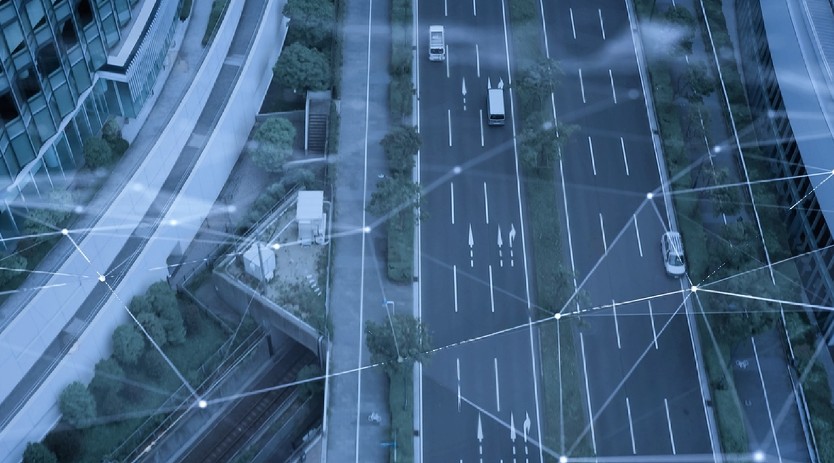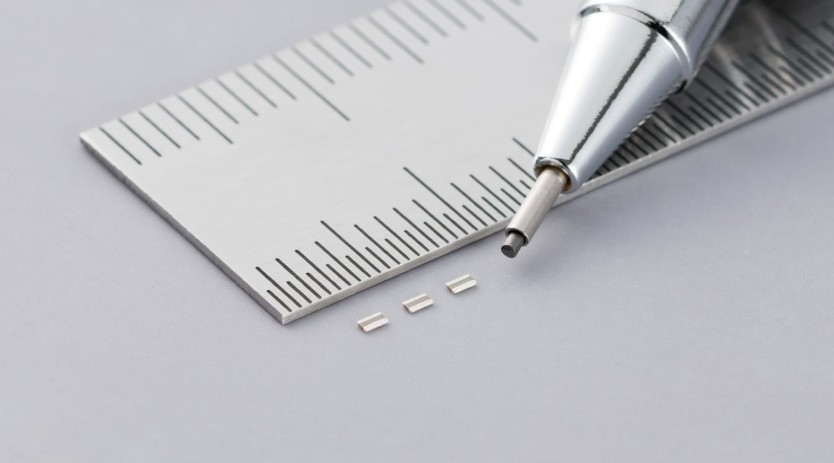Indian automobile sector to gain momentum with EV
February 1, 2021 2:59 pm
Automobile industry is observing the sustainability of this revival and are identifying the growth drivers that can create a positive momentum for the industrial outlook in 2021.
Indian automotive sector was under immense pressure throughout 2019, but the COVID-19 pandemic has adverse impacts on the automotive sector. The automotive sector is expecting to gain traction amidst the global slowdown. Moreover, with the government’s push towards adoption of EVs the industry watchers are observing the sustainability of this revival and are identifying the growth drivers that can create a positive momentum for the industrial outlook in 2021.
In 2020, the consumer’s perspective towards mobility.People who someday has preference towards shared mobility, have owned a vehicle. Reason being the pandemic and increasing safety concerns, the industry has been positively growing in India. Even the world is viewing this as an opportunity to encourage and increase the adoption rate of Electric and Hybrid vehicles by explaining them the benefits and offering them value-added services with the same.
Basic drivers of automotive sector
When we talk about the basic drivers, especially for EV, costing is one of the primary features. Electric vehicles are expensive as most of its components are imported. Smooth adoption of EV’s will remain to be challenges in India as the price sensitive Indian market would expect more of add-on services to the prescribed EV price.
Also, the range per kilowatt hour is something which we need to really look into and the charging infrastructure in India. As a manufacturer, it is essential to consider these aspects as we are trying to work on multiple areas like, battery’s weight. So, the weight inherently goes up and then you will have a lesser amount of range.
Secondly, what we are trying to look at is what could be the different types of batteries or fuel cells that you can use. It will be one very important thing. Shikhar Gupta, Assistant Director – Power and Mobility, EY India feels, “We must look at the complete ecosystem; the whole concept is the software on cars and hence, connected cars and the entire ecosystem behind needs to be very predominantly looked into and should have the vital set-up, which is going to be the need of the future and we know that it has to be done. We need to make an initiative, only then things will fall into their respective place and I am positively looking at it as a reality.
Volkswagen is trying to develop a technology called Volkswagen Industrial Automotive Cloud, where all the cars including those on road will be coupled with this cloud connectivity. With this, vehicle will have all latest updates into its system; further, it will connect to the entire digital ecosystem and its technology partners. Battery production is going to be one of the very important innovation in the industry. The world in 2030, especially Europe will have 55 percent of its total production requirements from EV vehicles, and India is aiming at having a minimum of 30 percent. But battery manufacturing remains to be the biggest challenge towards achieving the said target. Of course, we would need government’s support at a lot of places, like the subsidies, tax-cuts among the others; however, the government is already taking various initiatives to boost the industry and is trying to have increased EV adoption.
Shree Harsha, Marketing Director – India, DassaultSystemes Ltd., talks from the analytical perspective. The energy ecosystem as well as EV ecosystem will evolve eventually in the coming years. I would bring you to a different perspective with regards to the technology, and how these technologies were available for the exclusive club of the top 10 OEMs before. Today, they are available for startups too and these trends are going to transform the industry’s dynamics.
Also, shared mobility is one of the key trends that has positioned itself to a considerably significant place amid pandemic. But again, it has a great impact on the energy and the grid ecosystem. So, if you really see progressive OEMs or startups, they are looking at potential partnerships with this entire value chain.
India’s EV Vision
The entire idea for the EV right now, is to move from lead to lithium-ion. So, the primary requirement is going to be lithium, as lead was essential for the early market, but whatever cars you see in the market are based on lithium-Ion. Another critical facet today is, the unavailability of lithium-ion batteries in India. We are still largely dependent on the imports, either as an entire package, or in the form of individual components and then assemble them in India. In a nutshell, the cost of imports is going to be huge, also the drivers will be dependent on the battery imports and availability.
Global EV is expected to grow by 18 times in coming years
Looking at the Indian market, the industry is set to witness and exponential growth, especially in the 2-Wheeler, 3-Wheeler, and fleet segment, including auto rickshaws and shared mobility segments. A lot of investments are coming in to make EV as a viable option for passenger vehicles. Growth and trend are when people or industry talk about something that is yet to become a reality. We are expecting to attain 20 percent to 25 percent over the next 5-7 years. Once the mass tipping point and acceleration is reached, then the growth becomes exponential. Till then, the charging infrastructure rollouts and the total cost of ownerships will take the place.
Ecosystem evolution means with once the impacts are gone, only then the OEM could think of looking in a linear fashion; especially with regards of converting steel towards sheet metal from bodyweight processes perspective and putting them in place for final assembly, and putting all the components together where the valuation of OEMs will roughly be around 65 percent. Most of the work by then was done by suppliers out there. It’s time for us now to look at impact of charging infrastructure in the ecosystem around. The connectivity and IoT aspects of them along with the perspective of the public transportation and decentralisation of the energy system. This really brings an element of disruptions with the way businesses looked at; and the second element which is more from an operational perspective or from the consumer’s perspective, customers like us are expecting more customisations. It means, designing in any way and manufacturing anywhere is really happening and need to stop, or it need to expand more. So, this brings diversity in the frequency as an additional element of challenge while you’re doing your product strategy at the planning of 3rd or 5th year. This further adds to the element of technology of why digitalisation is needed. At a very broad level digitisation is applied in three levels in any automotive way message one is obviously from a product perspective.
Cookie Consent
We use cookies to personalize your experience. By continuing to visit this website you agree to our Terms & Conditions, Privacy Policy and Cookie Policy.

















 English
English Hindi
Hindi